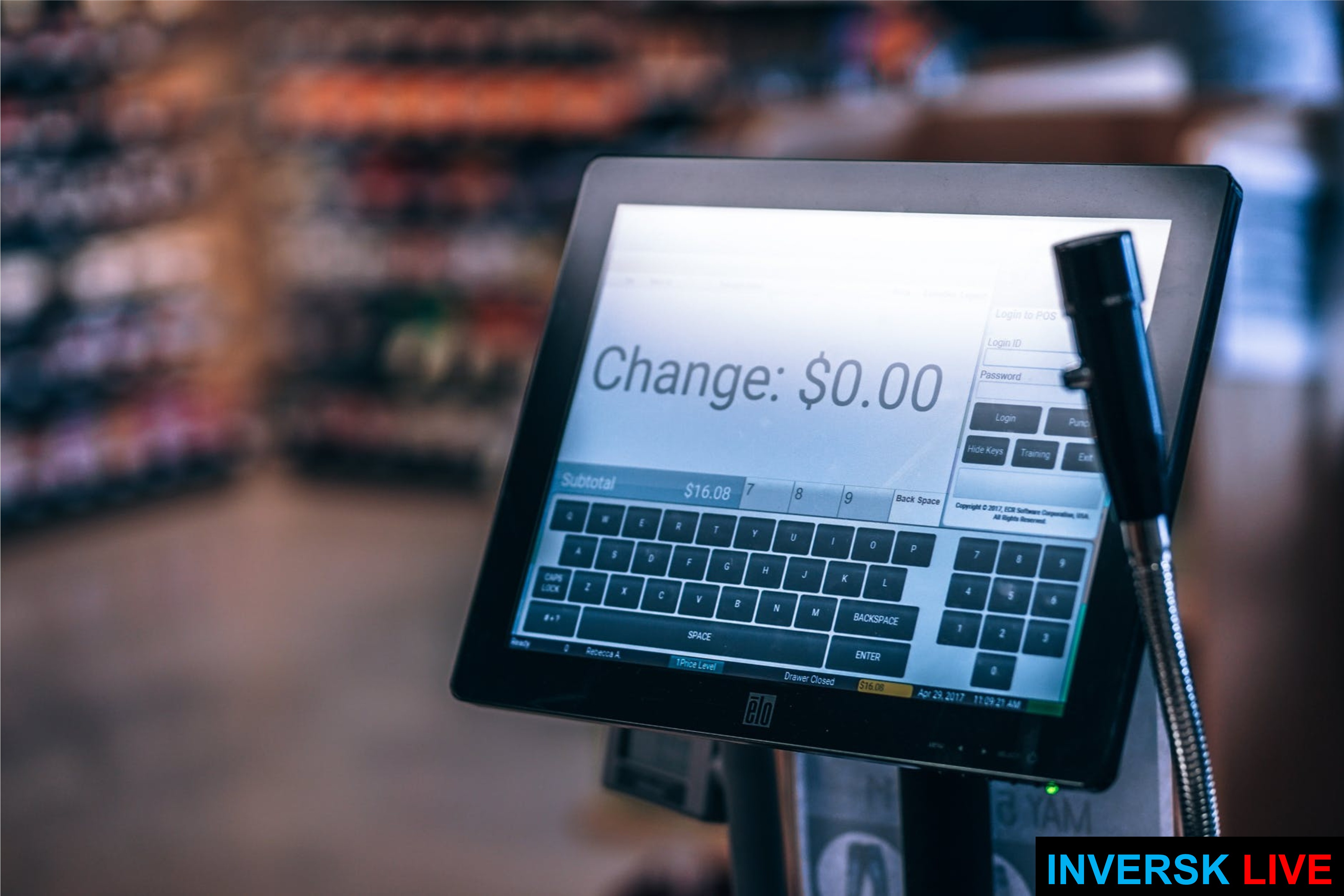Tech
5 Cashless Payment Modes for Your Businesses

We live in an era where technology is changing how things are done in every aspect of life: from simple tasks such as domestic chores to complex ones such as business and communication. The safety of money flow is paramount to the success of every business.
Transfer of cash in form of notes and coins has been traditionally used but it is now slowly being wiped off by cashless modes of payment such as mobile money transfer. This is why many businesses now including small businesses use the cashless modes of payment to receive money from customers and pay their suppliers. These modes of payment have the following benefits to an organization:
- Reduced queuing time. This saves time for both the staff and the customers, hence better service.
- Eliminate cash handling costs as there will be no need for cash floats
- No cash balancing required.
- Reduce risk as it provides greater security
- Cashless tills can be left unsupervised during quiet times as there is no risk of theft or accidental loss of money.
- Any refunds or discounts can only be enabled by management password control.
- Allows for the analyzing of all aspects of spending and take up of paid for facilities. For example who buys lunch and when they buy, what they spend etc.
- With pre-loading of credit onto the cards there is a positive cash flow situation. You receive the money loaded onto the cards in advance of when the actual sales take place.
- Coordination of all paid for facilities. In many cases it is possible to use one plastic card for a variety of facility based uses, such Access Control, Car Park Entry, Photocopying Control and Cashless Catering and Vending.
There are many types of cashless money transfer modes. They include the following:
- Mobile Payments
Mobile payment, also referred to as mobile money, mobile money transfer, and mobile wallet generally refer to payment services operated under financial regulation and performed from or via a mobile device. In Kenya today, most of the telecommunication companies and banks offer this mode to their customers. They include: M-Pesa, Airtel Money, Yu Cash etc.
- Near Field Communication (NFC)
It involves the use of contactless payment. These are systems that use devices, including smartphones and other mobile devices, which use radio-frequency identification (RFID) or NFC for making secure payments. The embedded chip and antenna enable consumers to wave their card, fob, or handheld device over a reader at the point of sale terminal. They speed up POS payment processing by enabling smaller amounts to be paid quickly and easily without requiring a PIN or signature.
- Credit and Debit Cards
A debit card is a payment card that deducts money directly from a consumer’s checking account to pay for a purchase. Debit cards eliminate the need to carry cash or physical checks to make purchases. While a credit card is a payment card that is not linked to your current account and is a credit facility that enables you to buy things immediately, up to a pre-arranged limit, and pay for them at a later date. The cost of the purchase is added to your credit card account and you get a statement every month.
- Security
It involves tokenization and biometric authentication. Tokenization is an extremely interesting method of securing credit card data. Instead of using actual credit card details, companies substitute pieces of information known as tokens. The original data is stored securely on a tokenisation server, and only the tokens are used during the payment process. If they are stolen, there is no harm done. Unfortunately for now there are no widespread tokenisation standards. Instead, there are a number of different approaches. Viewed in this light, this security technology is still in its infancy stage however its use is progressing at a fairly good rate.
When it comes to authenticating payment processes, there are several new inventions. The current methods are password, PIN, and fingerprint. These methods all have one thing in common: they can be expanded upon to allow increasing use of two-factor authentication. User-friendly methods—including, for example, new biometric processes like voice recognition, keystroke detection, finger vein scanners and pulse recognition—are set to become increasingly significant. The trend aims to simultaneously increase both security and convenience. Currently, the pre-paid tokens for the Kenya Power and Lighting Company use this system.
- E-Money Accounts
Electronic money, or e-money, is the money balance recorded electronically on a stored-value card. These cards have microprocessors embedded which can be loaded with a monetary value. Another form of electronic money is network money, software that allows the transfer of value on computer networks, particularly the internet.
Basically, electronic money is a floating claim on a private bank or other financial institution that is not linked to any particular account. Examples of electronic money are bank deposits, electronic funds transfer, direct deposit, payment processors, and digital currencies. These therefore, are “bank accounts for everyone” and they have the tremendous advantage that as are easily acquired, placing bank-like structures within reach of population groups (such as refugees) who have, until now, been denied access to such services.
Additional benefits of e-money accounts include their data frugality, their generally state-of-the-art interfaces, and more advanced features. In addition, some already offer the instant payments described above, which are not yet available with bank accounts.
So is cashless transfer possible in Kenya? I believe it is as the popularity of mobile money transfer is growing very fast. Soon businesses should be able to embrace the other cashless modes of payment in order to evade the hazards that come with cash payment.






